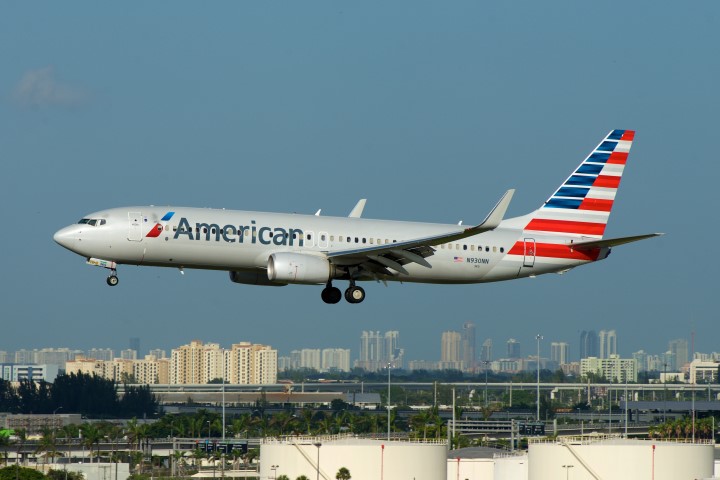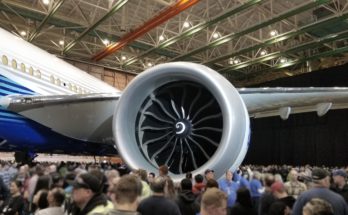
A critical maintenance lapse has been identified as the cause of an engine fire on American Airlines Flight AA1006 at Denver International Airport (DEN) last March, leading to an emergency evacuation. The Boeing 737-800 was en route from Colorado Springs to Dallas/Fort Worth when it experienced significant engine vibration shortly after takeoff, prompting a diversion to Denver. Upon arrival at the gate and after the crew shut down both engines, the right-hand CFM56 turbofan ignited, leading to a dramatic emergency evacuation. Out of 178 occupants, 12 passengers sustained minor injuries, and the aircraft itself suffered substantial damage, highlighting the severity of the incident.
The National Transportation Safety Board (NTSB) report cited multiple oversights, including a loosely installed and incorrectly positioned critical safety wire for a fuel connection, an improperly attached variable stator vane (VSV) actuator, and a drain pipe blocked with adhesive. These collective faults triggered significant engine vibrations, leading to the diversion.
The incident further escalated as smoke filled the cabin, and passengers initiated an emergency evacuation without direct cockpit communication. This led to challenges, including one emergency slide failing to deploy and passengers being temporarily stranded on the wings because the flaps, necessary for a safe overwing descent on a Boeing 737, were not lowered. The 13-year-old aircraft sustained considerable damage and, despite an attempted return to service, remains grounded. The NTSB investigation is ongoing.



